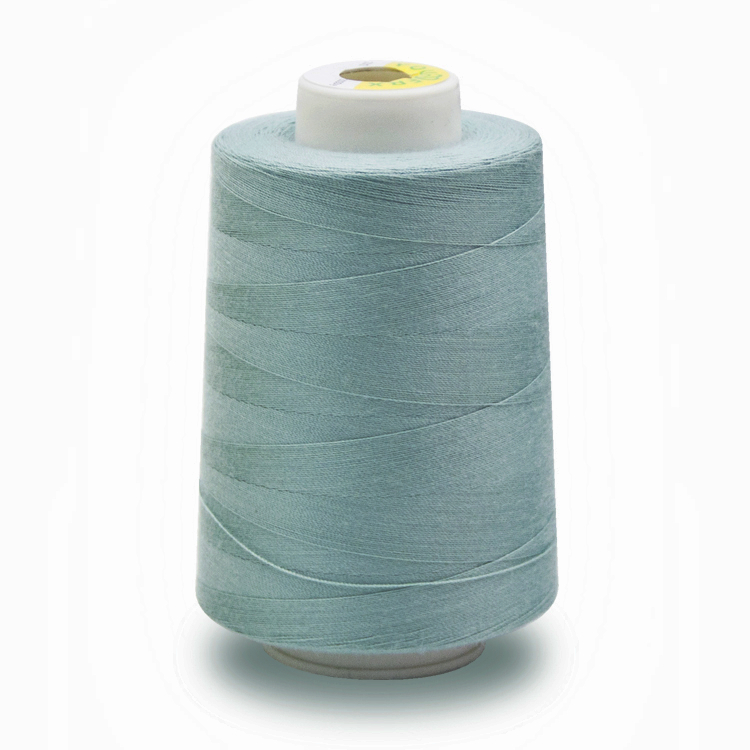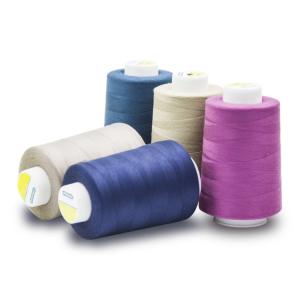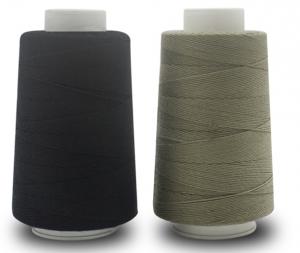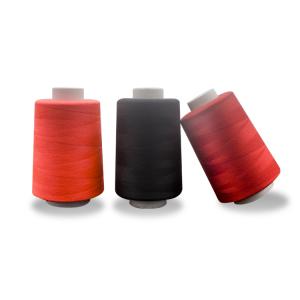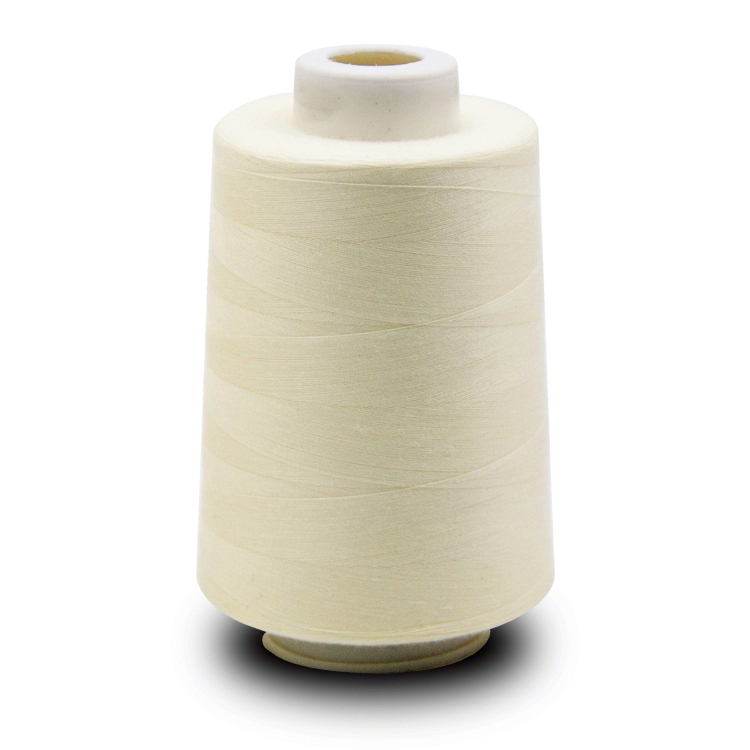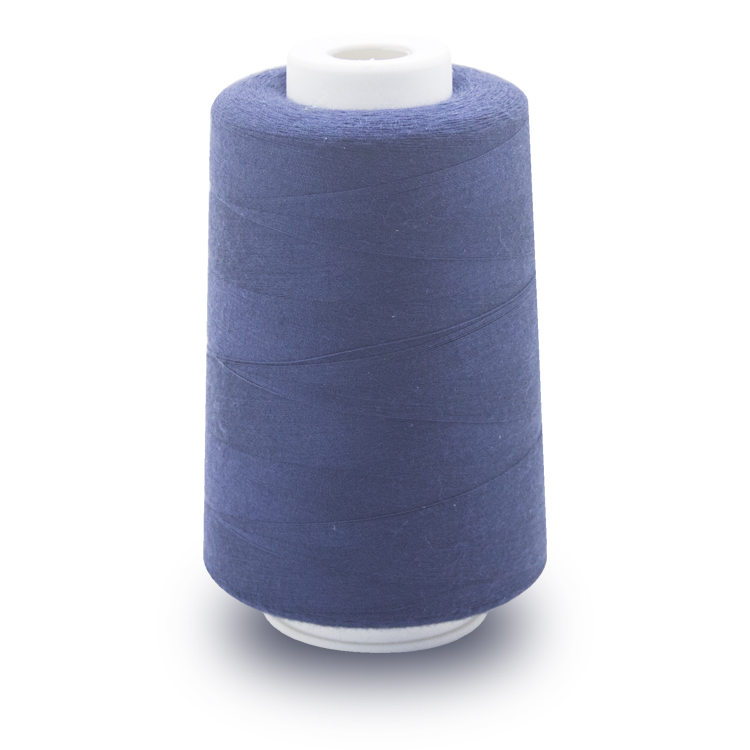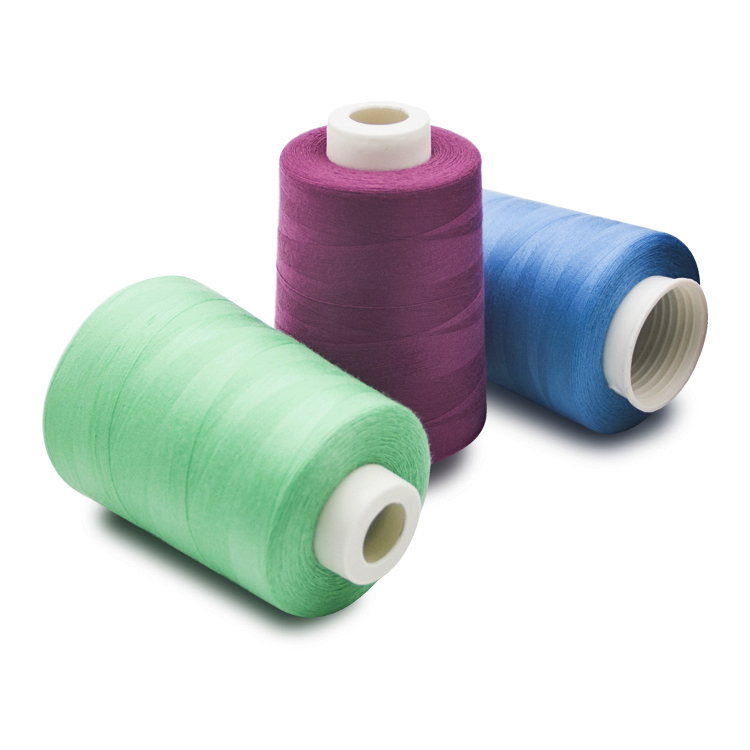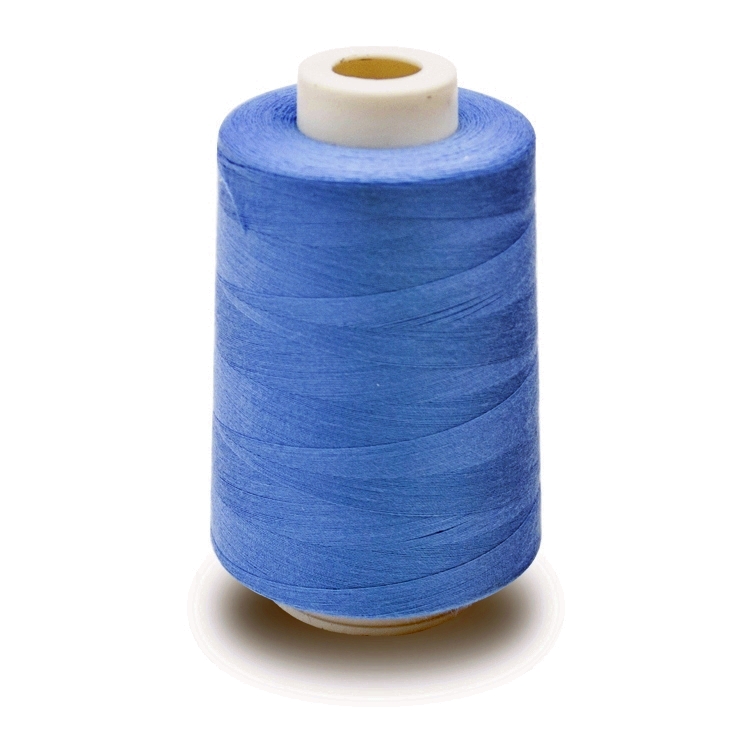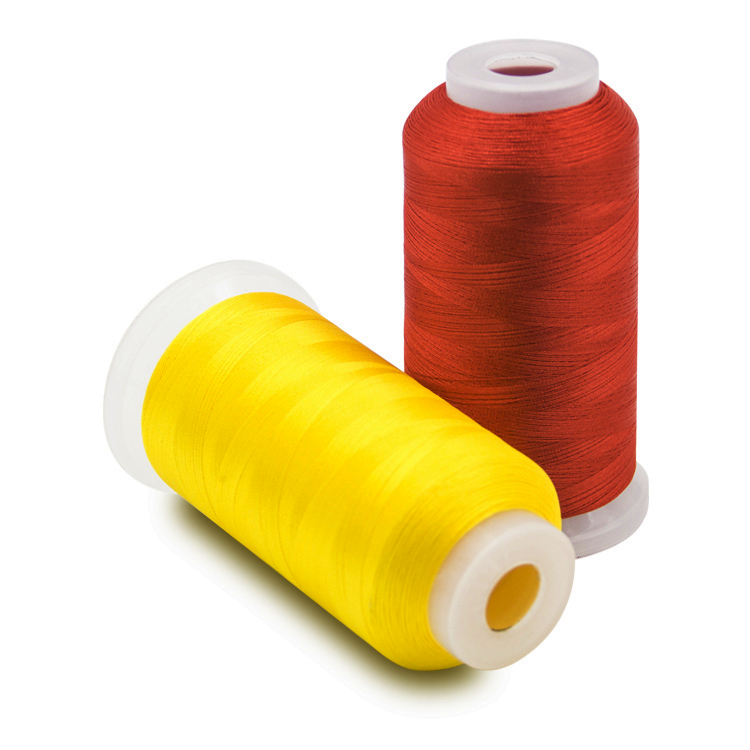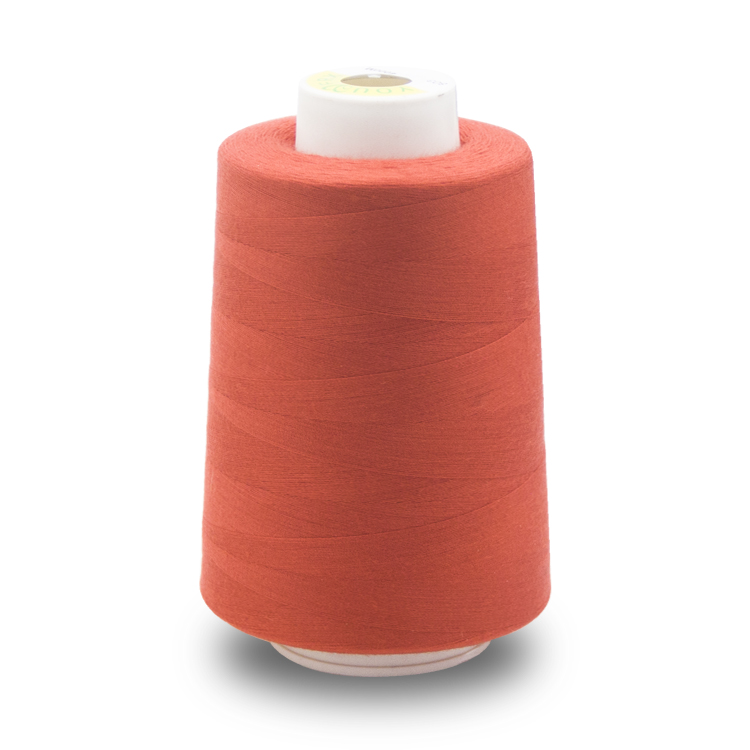Share to:
Related Products
100% Gassed & Mercerized Cotton Sewing Thread
LQ-0908
Price: From $2.03
Delivery time: 9-20 days after payment
MOQ: 500 KG
Cotton yarn is a kind of yarn made of cotton fiber by spinning process. It is called cotton thread after being combined. According to different spinning processes, it can be divided into ordinary combed yarn and combed yarn.
A selection of questions and answers on the testing and use of Xinjiang cotton
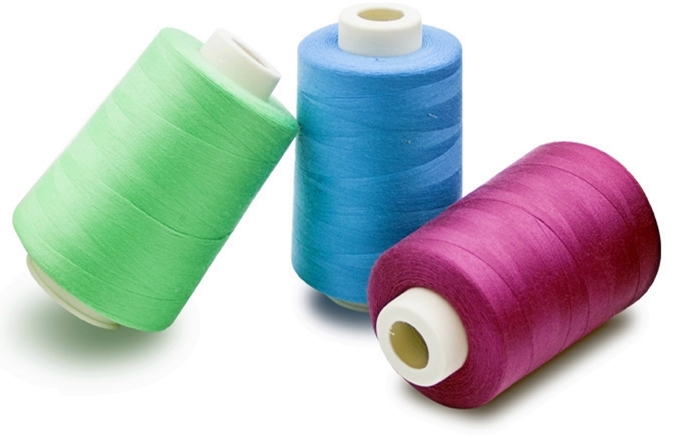
Question 1: how to solve the problem of high impurity content in Xinjiang mechanized cotton picking? At the same time, how to effectively reduce Combing Noil?
Answer: the high impurity content of Xinjiang machine picked cotton is a problem that we must pay attention to in the process of ginning and purchase, especially in different years, the quality of Xinjiang machine picked cotton is different. Here, we should distinguish whether it belongs to leaf debris or with fiber debris impurities, which causes serious harm to spinning In the combing process, we have a better way to increase the density of top comb and cylinder without reducing the drop rate, which can largely eliminate the neps with weevil chips. All the impurities of leaf chips can be removed. Do not take the leaves and fibers as impurities We have to solve the problem of other impurities with fiber and other impurities with cotton shell.
Question 2: how to distinguish between Pima cotton and Xinjiang long staple cotton. Who else makes high count neps better?
Answer: Pima cotton refers to American long staple cotton. The biggest difference between Xinjiang long staple cotton and Pima cotton is the color. The color of Xinjiang long staple cotton is white, while the color of Pima cotton is yellow. The yellow of Xinjiang long staple cotton is generally around 7.0, and the yellow of Pima cotton is generally around 12. In addition, the length of Xinjiang long staple cotton is longer than that of Pima cotton. Generally, the length of Pima cotton is about 35 mm, and the length of Xinjiang long staple cotton is between 35-37 mm. The NEP of Xinjiang long staple cotton is obviously lower than that of American Pima cotton, which is why, because the vast majority of Xinjiang long staple cotton adopts manual picking, while American Pima cotton is all machine picked cotton. There are many fiber chips, micro dust and viscous substances in American machine picked cotton raw cotton, and the NEP content of Xinjiang long staple cotton is very low, and the impurity is also small.
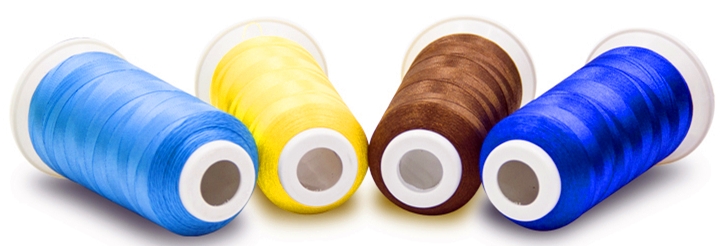
Question 3: is the detection method of micronaire value the same for long staple cotton and fine staple cotton?
Answer: the determination method of micronaire value of long staple cotton and fine staple cotton is the same. When HVI is used to detect raw cotton, due to the different length of long staple cotton and fine staple cotton, different calibration cotton samples must be used to check and verify the instrument.
Question 4: cotton maturity is the best.
Answer: the maturity of cotton depends on the number and quality requirements of the yarn you are spinning. It is better to judge the maturity of raw cotton with the past hand feeling and visual inspection, which is more useful for our spinning management.
Question 5: Xinjiang machine picks fine wool cotton, combs 40s knitting yarn, the yarn CV is higher, which aspects should be solved?
Answer: the problem that the yarn CV of combed 40s yarn is relatively high is mentioned here. The yarn CV should refer to that the yarn CV is relatively high. We should consider comprehensively from the aspects of raw materials, equipment and technology to see which aspect accounts for more factors. First, we should see whether there is room for improvement on the equipment, and at the same time, we should look at the process setting. Second, we should see whether there is room for adjustment of raw cotton Cotton, such as micronaire value and other factors.
Question 6: how to distinguish Xinjiang long staple cotton from Xinjiang fine staple cotton without using test instruments.
Answer: do not use the instrument to distinguish long staple cotton and fine staple cotton. This should be seen from the appearance and hand feeling of raw cotton. There is a difference between long staple cotton and fine staple cotton in color. Long staple cotton is generally slightly yellow, while fine staple cotton is generally white. The elasticity of long staple cotton is a little bit smaller in hand feeling, and the micronaire value is a little lower, while the elasticity of fine staple cotton is relatively large, which can be pulled by hand Method to quickly distinguish the two kinds of cotton.
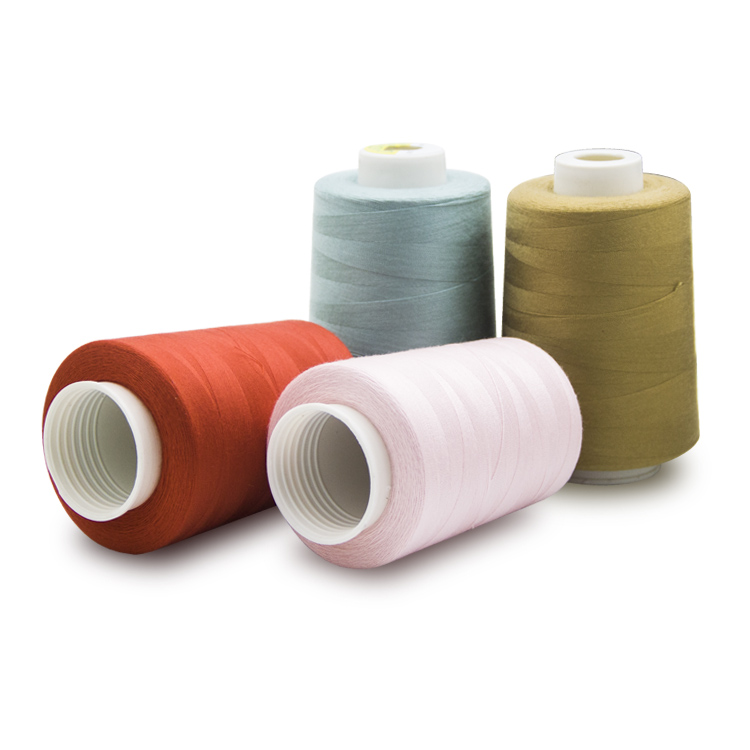
Question 7: do domestic air flow meters have long staple corrected cotton samples? Where can I sell it?
Answer: there should be sold calibration cotton samples. The calibration cotton samples used by HVI in the United States are the calibration cotton samples provided by the U.S. Department of agriculture. The instrument can only be tested after the calibration cotton samples are checked and calibrated, which is the premise of testing cotton fiber indexes.
Question 8: using Xinjiang machine to pick cotton and spin for 40s, with low strength, 200, what should be done to solve the problem?
Answer: how to improve the yarn strength is the most common problem for our spinning technicians. This problem is also very complex. After the yarn count, twist and weight are determined, we need to improve the yarn strength. First, we need to look at the short fiber content of the cooked sliver, and then we need to see whether the raw cotton has room for adjustment. In recent years, the horse value of Xinjiang fine fiber cotton is relatively high, which is good for me For us to improve the yarn strength, the pressure is relatively large.

